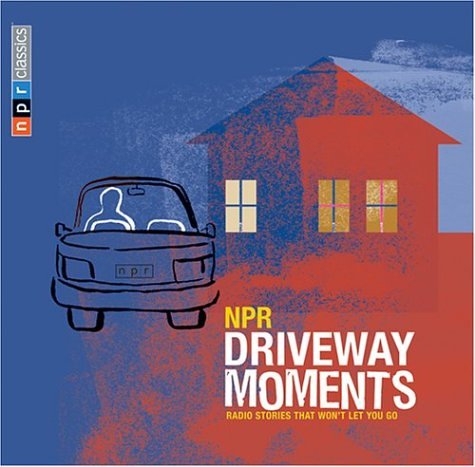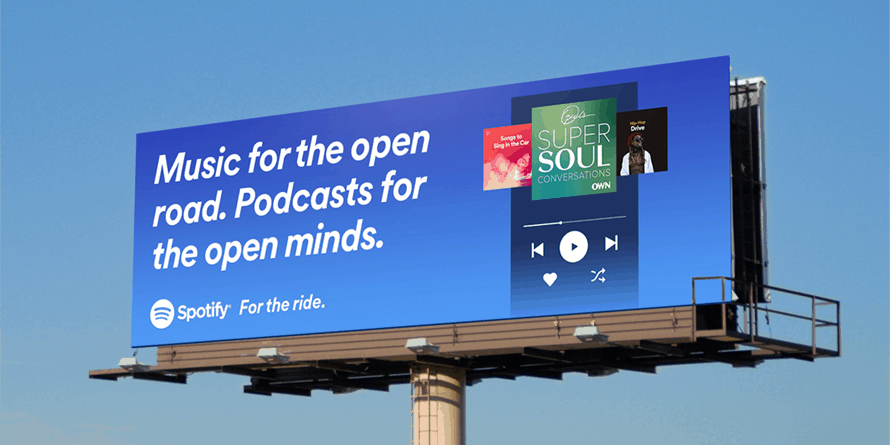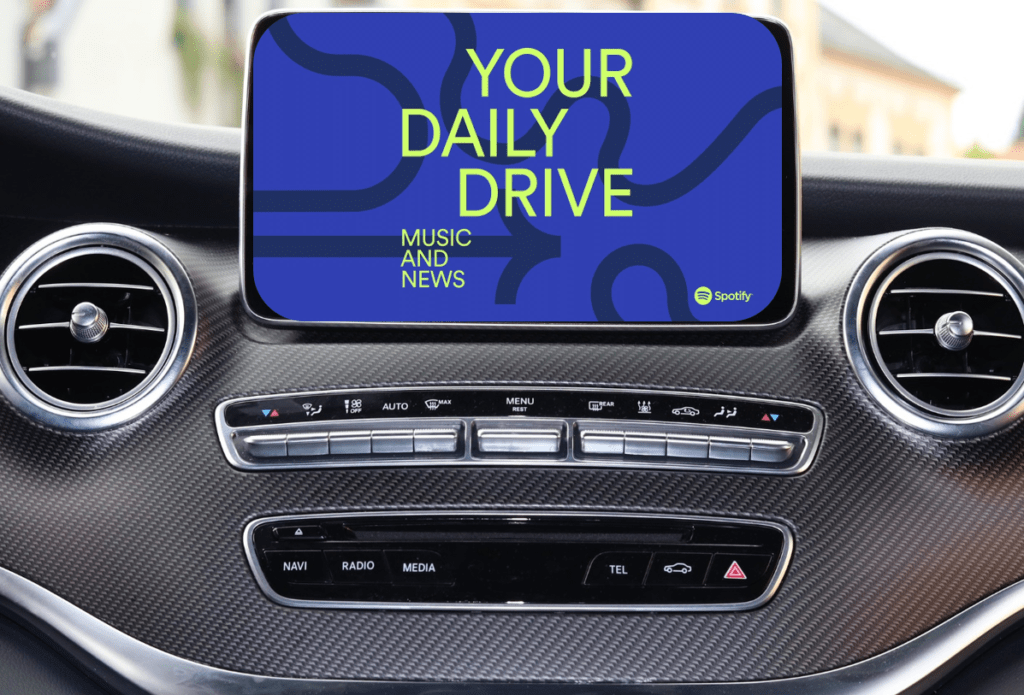
A couple weeks back, my thirtysomething son was visiting us in Detroit. He’s lived in LA for a dozen years now, following going away to school, and we don’t get to see each other very often.
On a drive downtown, we started playing a game. I had Apple Music open, and we took turns selecting a favorite song to play for each other. He’d pick Sheer Mag, I’d pick White Stripes. And on and on. A fun way to “discover” what we were each listening to these days. And then he said to me, “Remember when you would drop me off at school and we’d be listening to a song and we’d sit in the car so we could hear the whole thing?”
I hadn’t thought of one of those interludes from the past for a long time. After all, he was talking about those small life moments that are hardly significant. And it hit me: it is moments like that that truly do stay with kids long after a parent may have forgotten them.
When I bumped into today’s #TBT post, I thought about his memory and the universal ways in which us modern creatures discover, enjoy, and recall the music that finds a way of staying in our hearts and our heads.
It may also be a reminder to us about the continued rise of Spotify in the music landscape. Strategies like the type you’ll read about in this post from the past may have contributed to the growth of their brand and their musical footprint. – FJ
August 2019
Many years ago, NPR made the discovery that compelling stories can keep people trapped in their cars so they can listen to the conclusion on their radios. And they wisely coined the phrase “Driveway Moments” – a term that instantly became relatable to millions of their listeners.
These “Driveway Moments” has spawned a cottage industry for public radio’s largest network. There are now collections of NPR stories that are themed: moms, dads, cats, dogs, love stories, funniest stories, and on it goes.
Now, those wizards at Spotify have had a similar breakthrough. And they’ve now created a new ad that celebrates how drivers stay in their cars to hear the end of a song.
Earlier this week, AdWeek‘s Doug Zanger (yes, he’s a former radio broadcaster) wrote a story about this new Spotify campaign with the subtitle: “Brand leverages insight to promote discovery and new playlists.”
Of course, anyone who’s worked in broadcast radio for 15 minutes knows all about this – a great song (or morning show bit or powerful interview) can keep you in your car longer than you’d planned.
Here’s a look at this new commercial, courtesy of AdWeek:
Zanger calls the ad “incredibly relatable,” noting it “leans into the timeless yet simple idea of sticking around in the car to finish a song…”
And it’s a harsh reminder that broadcast radio should have been the ones to create this campaign. As Spotify’s global head of consumer and product marketing, June Sauvaget, points out:
“The experience of commuting and listening to music and news in your car is so universal to every driver’s daily routine.”
Who knew?
Since the advent of connected cars, every Techsurvey we’ve produced shows the same trend: Broadcast radio’s share of listening in cars is slowly – but surely – eroding, particularly as consumers drive vehicles with touch screens that allow them to pair their phones.
Now, Spotify is hoping to accelerate its in-car progress, not only pitching their product, but as importantly, the emotional, relatable way in which it’s used while people are behind the wheel.
AdWeek‘s Zanger believes Spotify is using humor and an ongoing marketing effort to create consistency – something broadcast radio inherently had because it ruled the dashboard for decades.
And just to reinforce its point, Spotify is also launching an outdoor advertising campaign to speak right to commuters as they’re looking for something to entertain them on the ride to and from work, errands, or school.

It’s all part of a coordinated campaign that goes right at broadcast radio’s dominance in the car. We blogged about Spotify’s “Daily Drive” product – a personalized product that combines music and spoken word programming for drivers. The blog post was titled “Attention Radio: Digital Predators Are Attacking Morning Drive,” and some readers took exception to my use of the word “predators.”
Sorry, but I think it describes Spotify’s game plan accurately. It’s one thing for radio broadcasters to rest on their laurels, assuming commuters will always tune  in a favorite AM or FM station on the way to work. It’s another thing to proactively strengthen radio’s in-car tradition.
in a favorite AM or FM station on the way to work. It’s another thing to proactively strengthen radio’s in-car tradition.
Sadly, the industry’s “prevent defense” is simply allowing Spotify (and others) to gain ground – market share and attention – in radio’s most important listening environment. Broadcasters are so wrapped up competing against themselves they are losing sight of the more serious threat upon us.
Spotify is marketing its “Driveway Moments.”
Radio needs to seriously defend its turf.
TY to Mike Stern for the heads-up.
- The Rock Hall’s Most Egregious Snub Yet? - May 16, 2025
- Attention Tech And Entertainment Writers: Don’t Mess With Radio! - May 15, 2025
- 3 Socio-Economic Shifts Every Radio Programmer And Seller Should Be Aware Of - May 14, 2025





RADIO IN CARS IS THE AMERICAN WAY!
When radio stations change format (for example: WCBS-NewsRadio 88) or eliminate popular air personalities, what radio has done is to send their listeners scattering for something new to listen to.
Once, that might have been another radio station in the market, but today it’s often to a totally different audio entertainment provider.
As smooth jazz radio stations left the commercial broadcast airwaves, it would send me searching to find this style of music online. I did – through a company called Radio Tunes – and the service proved to be even better than any I had enjoyed before.
Technology has allowed me to bring this home streaming service into my cars and enjoy it when on the road.
The decisions made by the radio industry’s big consolidators impacts the future of the commercial and public broadcast industry.
Your last sentence, Dick. For too long, decisions have been made within the radio bubble when the reality is that more and more consumers use digital as viable options. Researchers are also culpable here, too, for not helping reveal the breadth and scope of the competition. Thanks for the comment.
Hi Dick! Always great insight.
1. Although “Predatory” could have been a less “charged” word to use, why would anyone attach a overly negative, stigma to a perfectly-fitting, word? 😀
2. Radio is definitely (hopefully?) moving to devices even if it is moving like a glacier. With that, the front part of my company identifies as a sustaining (radio) technology. And the next phase leans into remote devices, combining all of our helpful production, delivery & accounting magic. I really hope to work with my favorite company (yours!), in a mutually beneficial way.